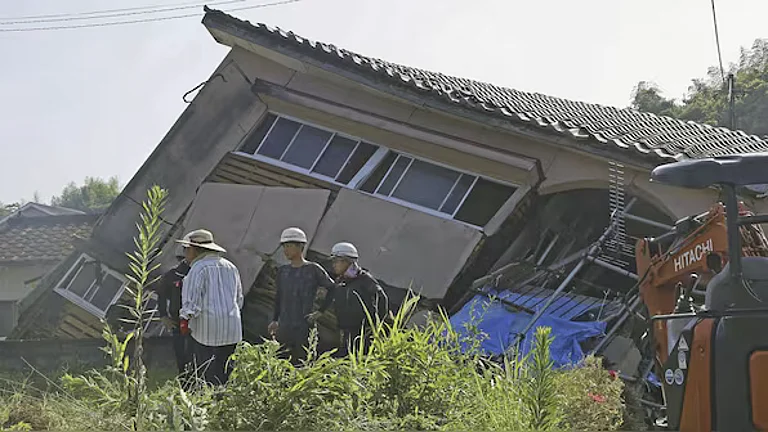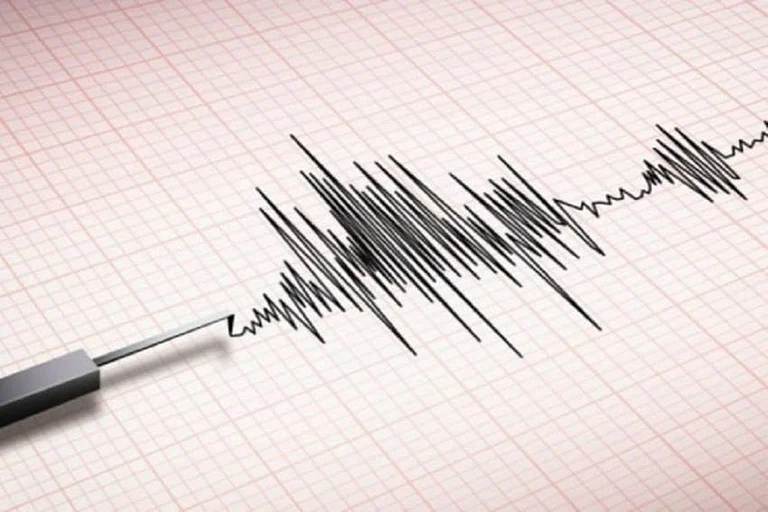Triggered by an earthquake of 5.9 magnitude on the Richter Scale, small tsunami waves washed ashore on remote Japanese islands on Tuesday. According to Japan Meteorological Agency (JMA), the quake hit coastal residents of Izu Islands Tuesday morning which prompted them to issue a tsunami advisory. However, no damage or injury were reported.
According to JMA, a tsunami of about 50 centimetres was detected in the Yaene district on Hachijo Island about 30 minutes after the quake while smaller waves were detected on three other islands — Kozushima, Miyakejima and Izu Oshima.
According to Fumihiko Imamura, a Tohoku University seismologist, the tsunami is possibly related to an undersea volcanic activity.
Geographically Japan sits on one of the world's most seismologically active and earthquake-prone nations sitting upon the Pacific "Ring of Fire" arc of volcanoes and oceanic trenches which is defined as a line of seismic faults encircling the Pacific Ocean.
Japan: About the Tsunami advisory
Japan's meteorological agency on Tuesday issued a tsunami advisory to a group of remote islands south of Tokyo after the strong earthquake of 5.9 magnitude.
In light of the tsunami, the advisory urged coastal residents to keep their guard up while the advisory was in place.
The weather department's advisory included waves of height up to 1 metre (yard) above tide levels on the coasts of the Izu and Ogasawara island chains.
The remote offshore Tsunami was not felt and so far no damage or injuries were reported. Residents on Hachijo said they did not feel the quake and only heard the tsunami advisory, according to the Associated Press.
Japan megaquake alert in August
Following a powerful 7.1 magnitude earthquake striking off Japan's southern coast and injuring three people, authorities on August this year issued its first-ever advisory anticipating higher-than-usual risks of a Nankai Trough megaquake.
The 900 km long Nankai Trough is located in Japan's southwest Pacific coast marking the geological area where the Philippine Sea Plate is subducting under the Eurasian Plate. The resultant cumulative tectonic strains in the area is estimated to cause a megaquake once in 100 to 150 years.
What is a megaquake?
Seismologically, a megaquake is defined as an earthquake with a magnitude over 8 on the Richter Scale. According to the estimation, the next Nankai Trough megaquake could be as powerful as magnitude 9.1.
According to the United States Geological Survey (USGS), the length of the fault is often considered the primary reason behind the earthquake of such enormous magnitude.




















